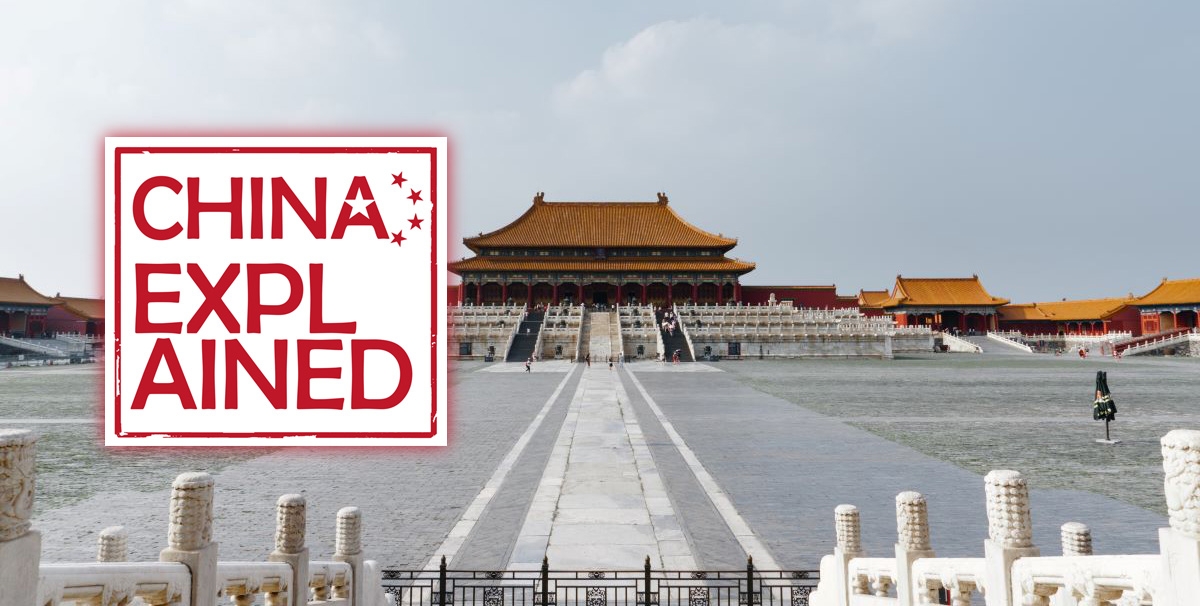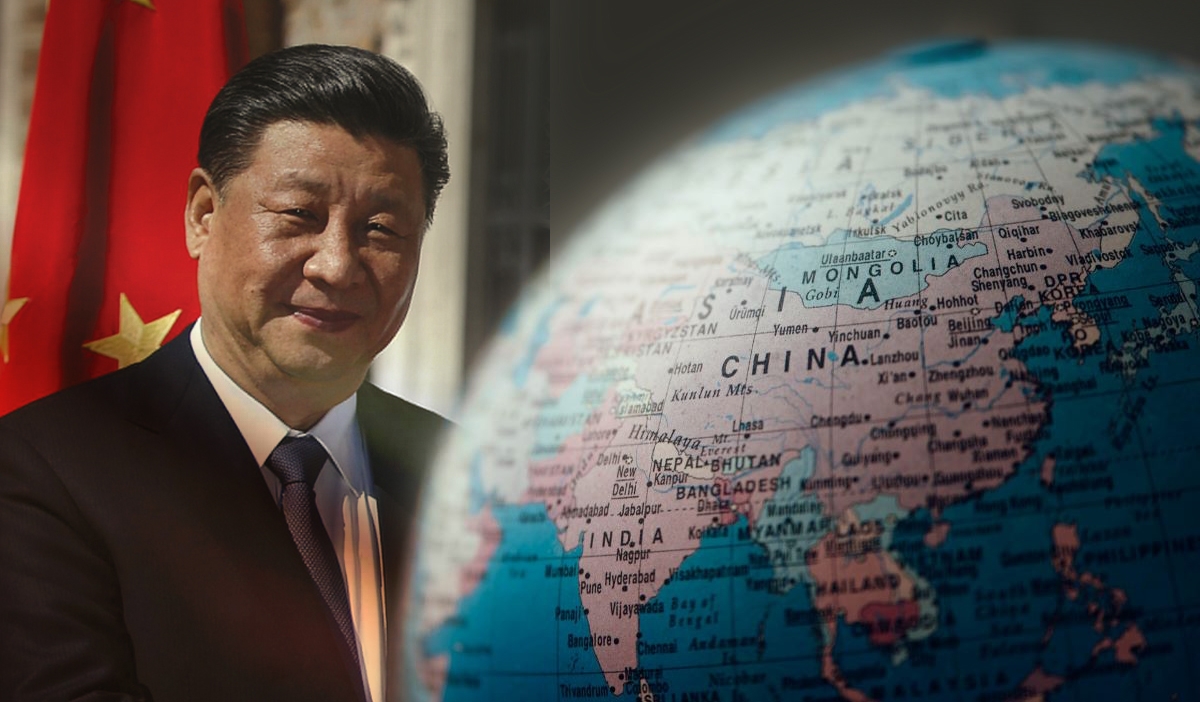
China is Closer than Ever
Get ready to pack your bags and pick up the Mandarin edition of Rosetta Stone.
In September 2016, Canadian Prime Minister Justin Trudeau and Chinese President Xi Jinping announced that 2018 will be the ’Year of Canada-China Tourism.’
Bardish Chagger, Minister of Small Business and Tourism, said the initiative will see the exploration of future measures to make travel easier for tourists, as well as implementing exciting tourist-oriented activities in both countries.
This isn’t some plan for the distant future – the wheels have already started to turn, with this goal already becoming a reality.
Even without Trudeau’s formal announcement, Chinese tourism in Canada has been on the rise, especially since Canada was granted approved-destination status by China in 2010. Since then, China has become Canada’s third-largest overseas tourist market, and it is soon expected to surpass the United Kingdom.
A large factor for the increase of China-Canada travel is in the newfound ease of accessibility. As of last summer, direct flights to Canada are now available from 11 Chinese cities. Furthermore, seven new visa application centres are set to be opened, enabling eager Chinese tourists to get their proper travel documentation in order.
Leading the pack as the most popular Canadian destination for Chinese tourists is Vancouver. Its popularity is growing at a fast rate, with more journeying to the Pacific Northwest year by year.
January 2017 saw a 56 per cent increase in visitors from the previous year. Yes, Vancouver’s proximity to Asia is a large factor in attracting Chinese tourists, but it goes beyond that.
With China being a heavily industrialized country, the west coast’s relaxed atmosphere and mix of mountain and sea provide the perfect escape from bustling city life.
Other Canadian cities are starting to draw in more Chinese visitors as well.
Edmonton and Montreal are especially reaping the benefits of direct flights from major Chinese cities.
Montreal has been promoting travel with events such as the Chinese-Canadian Film Festival, which was so successful that its second edition happens later this year.
Ottawa also has been encouraging Chinese tourism for a number of years, well before China even gave Canada approved-destination status.
“Being the capital – and being twin cities with Beijing – we have a great story to tell: not just the story of Ottawa, but the story of Canada,” said Ottawa Tourism Director of Communications Jantine Van Kregten. “For the Chinese visitor, tackling Canada is difficult given its size, but coming to the capital means that they can get a taste of the entire country.”
Ottawa Life’s coverage of Canada and China’s flourishing friendship has mostly focused on the economic and business-oriented aspects of the relationship.
Though these areas of state relations are undoubtedly important, tourism plays a vital role in the way two countries see each other.
What makes this recent development in tourism so significant is that it focuses on the human aspect of international relations. When two countries’ citizens visit one another, it becomes a matter of knowing a country through experience, rather than second-hand preconceptions.
It gives a face to what is an otherwise formal and lifeless relationship.
Trudeau and Jinping’s initiative is, as noted, to increase bi-lateral tourism. It’s not just about welcoming more Chinese tourists to Canadian cities.
For Canadians, this is the time to consider walking the Great Wall, exploring the cliff-side paths of the Yellow Mountains or taking in the bustling metropolitan life of Shanghai.
With 2018 just around the corner, expect to see an increase in opportunities to visit China and enjoy its deep and varied culture.
China may seem distant and out of reach now, but come 2018, it will feel closer than ever.













